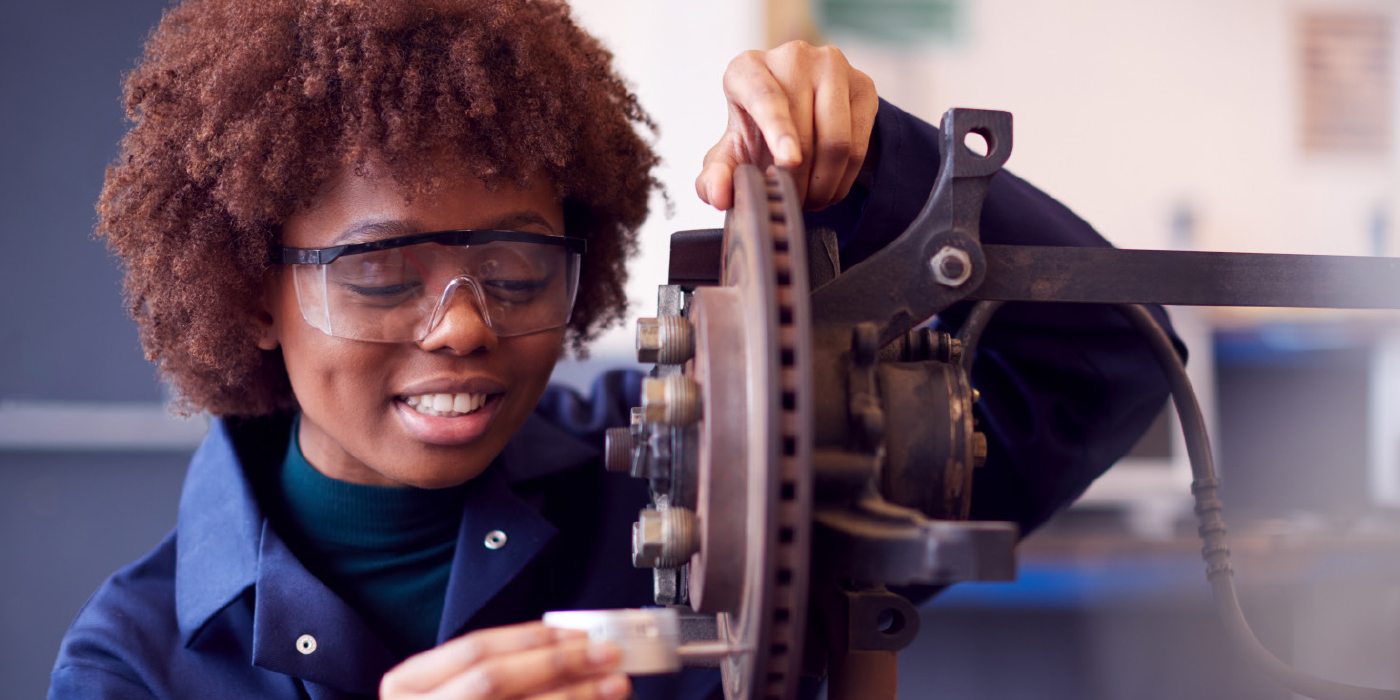 The expression “warped rotors” still seems prevalent in the brake service community. According to common lore, a warped rotor is the usual cause for pedal pulsation or vibration in the car or steering wheel that motorists experience during braking.
The expression “warped rotors” still seems prevalent in the brake service community. According to common lore, a warped rotor is the usual cause for pedal pulsation or vibration in the car or steering wheel that motorists experience during braking.
In cases relating to the brake system sometimes caused by worn suspension components, the cause for vibration and pedal pulsation is the variation in thickness of the rotor and not an actual “warping” of the rotor.
Cold brake roughness manifests in a similar feel of pedal pulsation or steering wheel vibration, and in severe cases, there will be speed-related surges in deceleration felt during normal driving and light braking. This phenomenon is caused by lateral runout that exists when the rotors are initially mounted on the car. Over time, this gradually turns into disc thickness variation due to inconsistencies in the lining only touching the higher spots of the rotor during off-brake driving.
The mounted lateral runout of a rotor on a brand new vehicle can be as high as 50 microns (0.002″). Once-per-revolution contact between the rotor and pad generates thickness variation.
It only takes about 10 to 20 microns (0.0004” – 0.0008”) of thickness variation before it becomes noticeable to the driver. Typically, unibody vehicles with strut suspensions are more sensitive than those with a separate frame and body. Additionally, more abrasive lining materials, calipers with a lower running clearance and higher initial mounted lateral runout, all add to making the cold roughness more noticeable in a shorter period of time.
The remedy to unwanted vibration and pulsation relies on finding a high-quality brake pad made for a specific vehicle that is less susceptible in creating noticeable DTV.
Courtesy of Akebono













